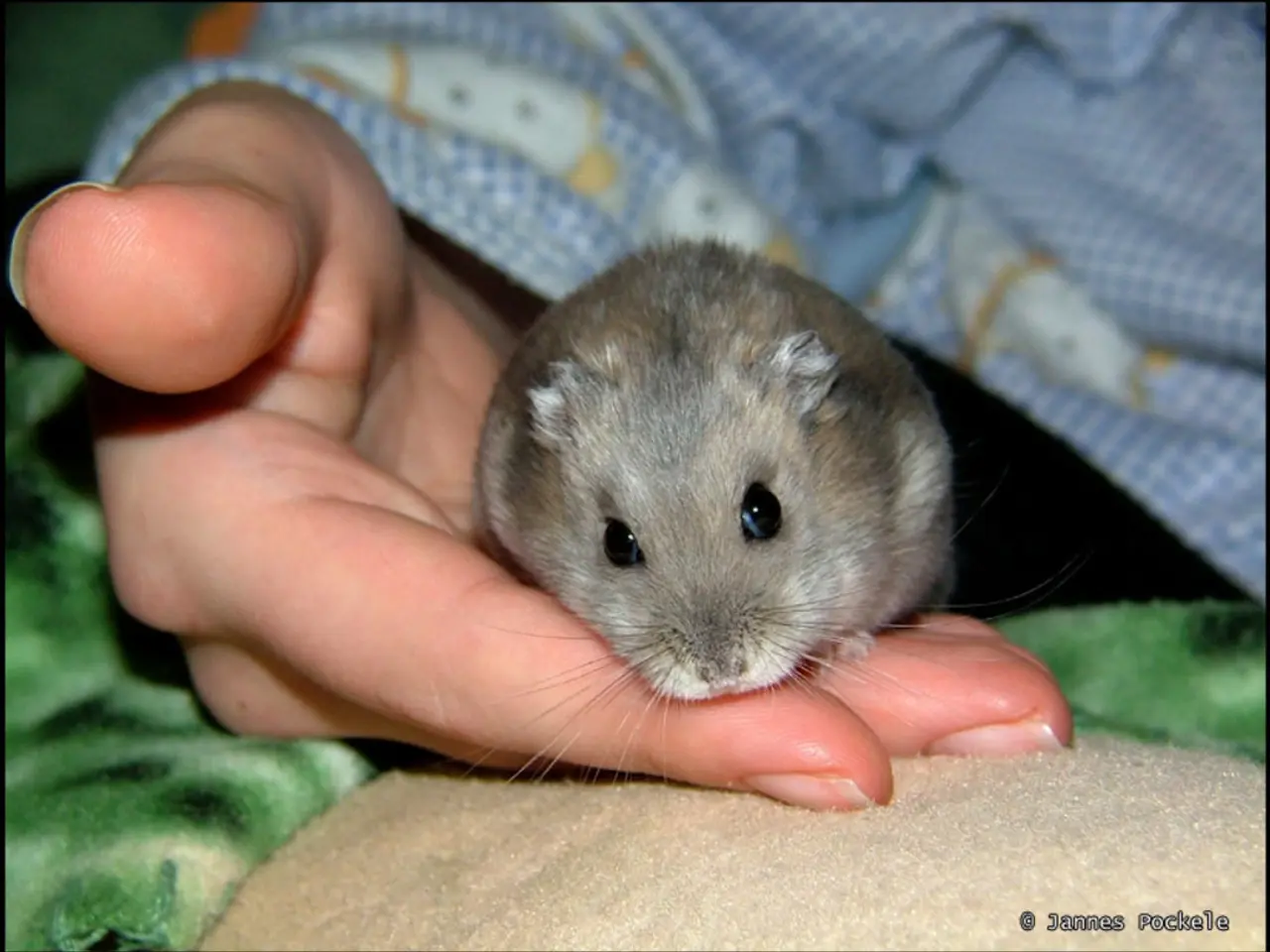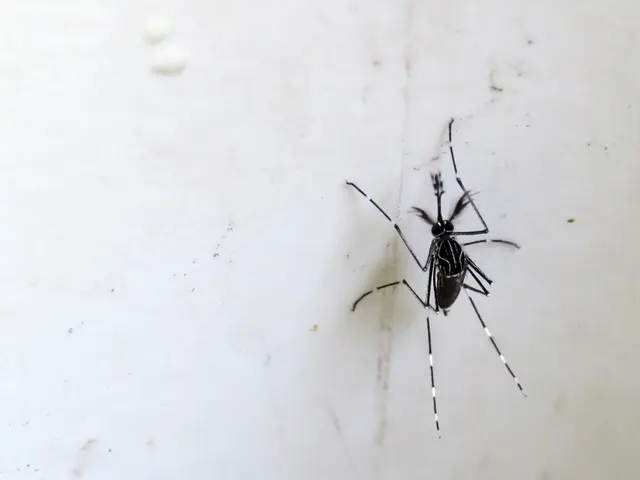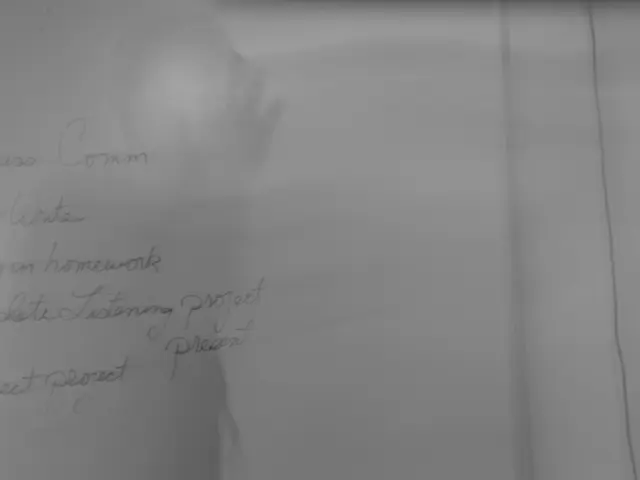Unveiling Insights: Perception of the World from a Mouse's Perspective in Neurobiology
In a groundbreaking study, researchers from the Universities of Tübingen and Munich have delved into the world of rodents' color vision, focusing on mice. The coordinator of the Transregional Research Center in Tübingen, where this research was conducted, is Professor Thomas Giese.
The research, published in the journal Current Biology with the DOI 10.1016/j.cub.2021.05.017, aims to understand the range of color information available to mice in their natural habitats and whether the prevalence of these colors can explain the functional characteristics of the neural circuits in the mouse retina.
Mice, it turns out, are dichromate, having two types of cone cells in their retinas that detect electromagnetic radiation in the green and ultraviolet regions of the spectrum. This dichromacy is crucial for their survival, as color vision in mammals is known to have an effect on the ability to find food, evade predators, and choose mating partners.
In the case of mice, the lower half of the retina, normally oriented towards the ground, shows a higher sensitivity in the green region. This adaptation could be a result of evolutionary processes, helping the mouse to perceive potential threats like birds of prey in the sky and take evasive action. Interestingly, the upper hemisphere of the mouse retina, which can see the sky, is especially sensitive to UV light.
To study the visual input and the processing of neuronal signals in mice, the researchers developed an open-source camera system designed to image natural habitats as they appear to rodents. This camera is specifically designed to cover the spectral regions in the green and ultraviolet to which the mouse retina is sensitive.
The camera is equipped with a gimbal to automatically orient the picture frame, avoiding sudden, unintentional shifts in perspective. The researchers used this open-source camera system to image the environment as it appears to a mouse at different times of the day in fields that showed clear signs of their presence.
Professor Laura Busse of the Department of Biology II at Ludwig-Maximilians-Universitaet (LMU) in Munich, a member of the transregional Collaborative Research Center (CRC) 1233 on "Robust Vision", led the research team. Professor Thomas Euler of Tübingen University serves as the Coordinating University of the CRC 1233.
The study's findings suggest that the spectral ranges in the upper and lower halves of the mouse retina closely match the color statistics of the natural environments favored by mouse populations. This research marks a significant step forward in our understanding of the functional evolution of visual systems in mammals.
Over the past 10 or 15 years, the mouse has become the favored model for the investigation of the processing of visual information, and this research further solidifies its position as a valuable tool in the field of neuroscience.
Read also:
- Peptide YY (PYY): Exploring its Role in Appetite Suppression, Intestinal Health, and Cognitive Links
- Toddler Health: Rotavirus Signs, Origins, and Potential Complications
- Digestive issues and heart discomfort: Root causes and associated health conditions
- House Infernos: Deadly Hazards Surpassing the Flames








